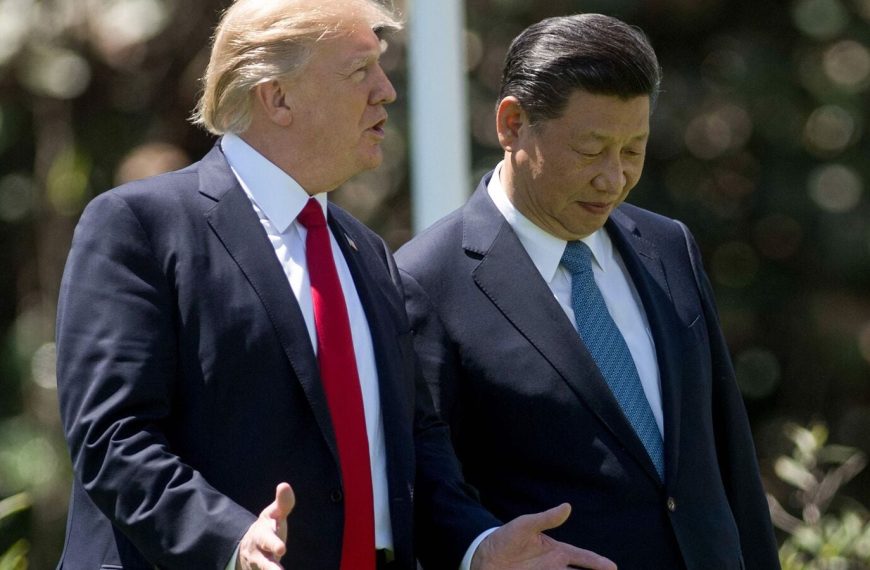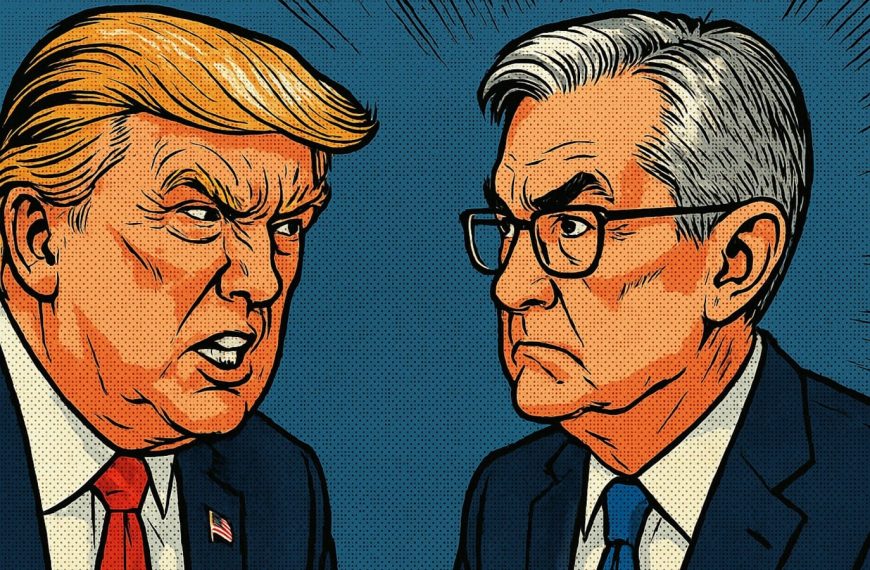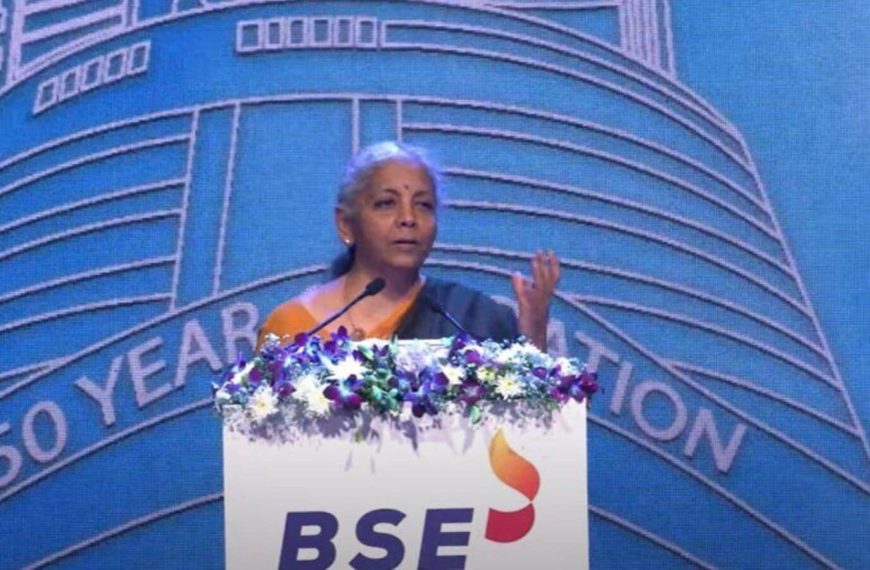India is on the brink of a monumental transformation, with the potential to emerge as an $8 trillion economy by 2035. According to Nandan Nilekani, co-founder of Infosys, this ambitious goal is attainable through the strategic integration of artificial intelligence (AI), innovative digital solutions, and comprehensive economic reforms. Speaking at the Arkam Ventures Annual Meet on March 12, 2025, Nilekani highlighted four pivotal factors—technology, capital, entrepreneurship, and formalization—that could significantly boost India’s economic trajectory.
Driving Technological Evolution
Nilekani envisions a future where India’s digital public infrastructure (DPI) converges with AI to spur a new phase of digital transformation for over a billion citizens. He stated, "The principles of high volume and low cost that have been applied to DPI can similarly be utilized for AI at a population scale." The focus should be on enhancing data availability in Indian languages as a public good. This initiative, as seen with projects like AI4Bharat, aims to facilitate startups in creating user-friendly interfaces, ultimately reducing costs and increasing accessibility.
Capital Access and Financial Innovation
By 2035, India is poised to become a leading market for initial public offerings (IPOs) globally. While the volume of IPOs in India is already impressive, Nilekani pointed out that the valuation levels still lag behind those in the United States. A significant driver of this growth will be the emergence of account aggregators that enable individuals to leverage their transaction data for credit access. He emphasizes the importance of digitizing crucial financial data—like GST records and income tax returns—to streamline loan processes.
Additionally, he advocates for the tokenization of real estate, which could revolutionize land ownership by making it tradable and usable as collateral. This innovation would empower landowners to tap into their holdings as financial resources, fostering an environment ripe for entrepreneurship.
Cultivating Entrepreneurship Beyond Major Cities
To truly unlock India’s economic potential, it’s essential to broaden the entrepreneurial landscape beyond just the top eight metros. Nilekani noted that platforms such as Meesho and ONDC are instrumental in enabling small businesses to reach national markets. With around 63 million micro, small, and medium enterprises (MSMEs) in the country, connecting these businesses to the digital economy could lead to the emergence of at least 10 million modern enterprises equipped with technological tools.
Formalizing the Workforce
The future of work in India will be reshaped by digitalization and the influx of Gen Z workers. To ensure that job opportunities—whether formal employment or gig-based—are recognized and standardized, Nilekani stresses the need for significant simplification of existing laws. Many regulations in place are outdated and reflect a colonial past that no longer serves a modern economy.
Furthermore, establishing a nationally portable credential system and benefit framework is crucial for formalizing the workforce on a large scale. This step is essential if India aims to nurture a million entrepreneurs by 2035.
Conclusion
With a clear roadmap defined by technology, capital, entrepreneurship, and formalization, India’s journey towards becoming an $8 trillion economy is not just a dream but a tangible goal. By harnessing the power of AI and digital tools, the nation can unlock unprecedented growth and opportunities for its citizens.










